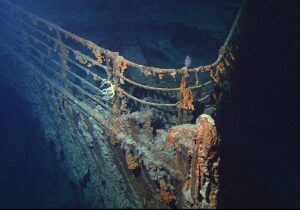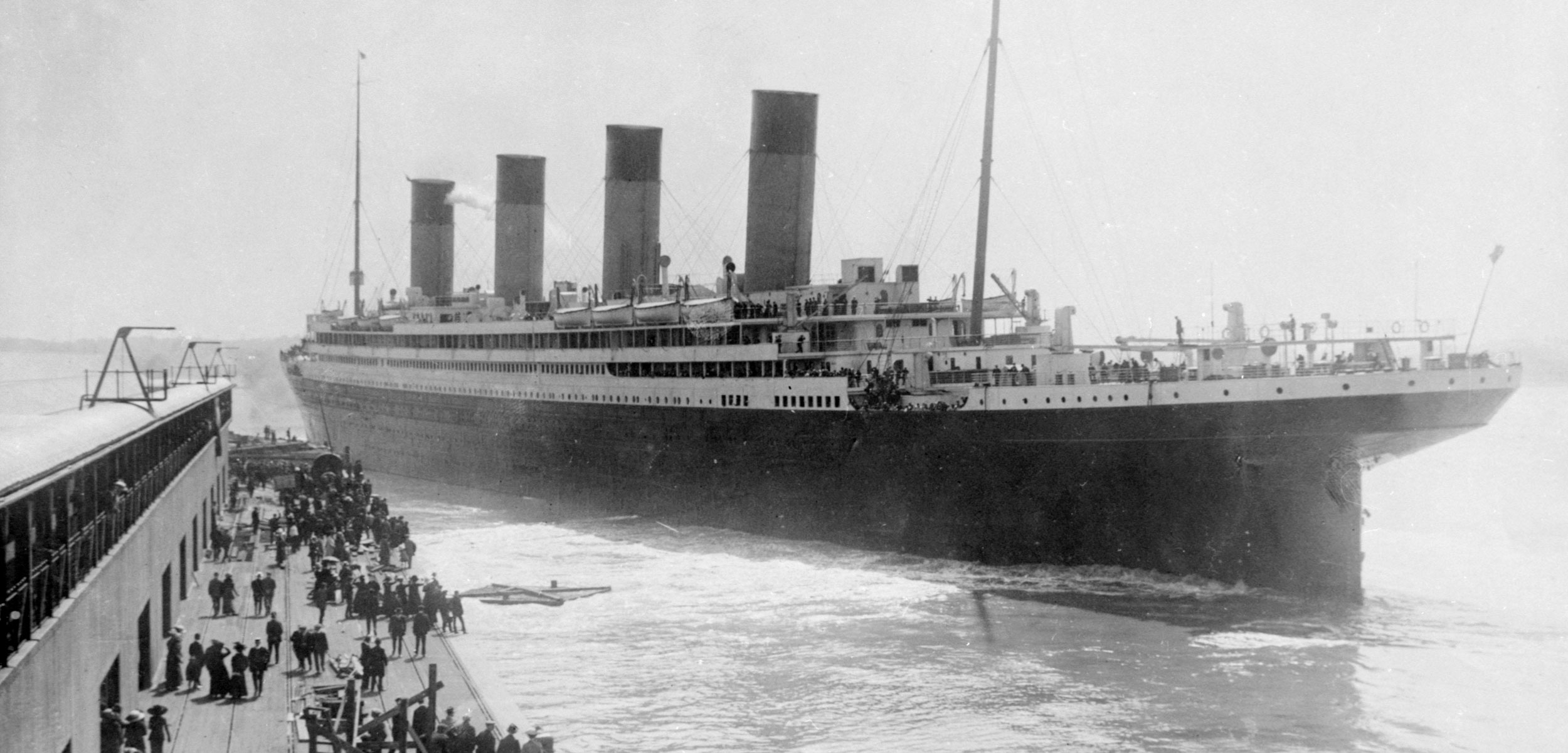The Enigmatic Absence of Bodies in the Titanic Wreckage
The Titanic’s Missing Bodies: A Deep-Rooted Mystery
The sinking of the RMS Titanic on April 15, 1912, remains one of the most tragic maritime disasters in history, with over 1,500 lives lost during its maiden voyage from Southampton to New York. The iceberg collision that led to its sinking shocked the world, and its story still captivates imaginations more than a century later. Yet, amidst all the overwhelming loss, one unsettling mystery persists: Why were so few bodies recovered from the wreck, despite the high number of casualties?
The Titanic’s Discovery
It took until September 1, 1985, for the Titanic’s wreckage to be located at a depth of more than 12,000 feet beneath the surface of the North Atlantic. After years of speculation and failed search efforts, the expedition led by deep-sea explorer Robert Ballard successfully pinpointed the ship’s resting place. Using his unique method of following debris—previously employed to locate the Scorpion, a lost nuclear submarine—Ballard was able to find the Titanic, resting about 400 miles off the coast of Newfoundland, Canada.
Despite the general location being known, pinpointing the exact site took years of effort. Ballard’s eight-day expedition culminated in the emotional discovery, and he expressed his reverence, stating that his team would never remove anything from the site and would treat the wreck with the utmost respect. Since then, many artifacts have been recovered, offering insights into the ship’s opulence. Items like dinnerware, personal effects, and furniture have all been retrieved, shedding light on the luxury that once defined the ship. However, one element was strikingly absent—human remains.
Where Are the Bodies?
When the wreck was found, the Titanic was split in two, with the bow remaining relatively intact. The wreck site itself spanned a vast debris field, measuring five miles long and three miles wide, scattered with thousands of items. However, no human remains were found, a puzzle that deepened with each expedition.
While personal effects such as shoes and boots were discovered, only a handful of bodies were ever recovered after the sinking. Of the 337 bodies recovered, 119 were buried at sea, and the remaining 209 were returned to Halifax for proper burial. Yet, no human remains have ever been found at the wreck site itself. Filmmaker James Cameron, who made 33 trips to the site, confirmed that he never saw any human remains, only clothing and shoes. He stated, “We’ve seen clothing, pairs of shoes, which strongly suggest there was a body there, but no actual remains.”
This raises the question: What happened to the bodies of those who perished?
The Deep-Sea Conditions
The answer likely lies in the extreme conditions of the ocean depths. The Titanic rests in freezing cold water at over 12,000 feet, where the pressure is immense. These factors play a significant role in accelerating the decomposition process. Bacteria and marine creatures that thrive in such an environment break down soft tissues, leaving little behind except for items that are more resistant to decay, such as shoes.
As Robert Ballard explains, the cold and high-pressure conditions speed up decomposition. Marine creatures consume the soft tissues, and what remains are mainly items like boots and shoes, which are harder for sea creatures to digest.
The Dissolution of Bones
Additionally, the unique composition of the seawater at such depths plays a role in the disappearance of bones. The water at the Titanic’s resting place is under-saturated in calcium carbonate, the primary building block of bones. Once the soft tissue is gone, the bones themselves gradually dissolve, leaving no trace of the bodies that once were. Ballard compares this phenomenon to the conditions in the Black Sea, where bodies can mummify due to the lack of marine life. In the case of the Titanic, however, the bones slowly vanished into the depths, consumed by the environment.
“Below 3,000 feet, you pass what’s called the calcium carbonate compensation depth,” Ballard explained. “Once critters eat the flesh and expose the bones, the bones dissolve.”
A Final Resting Place
The disappearance of the Titanic’s victims’ bodies continues to fascinate and perplex people, and many see it as a haunting reminder of the destructive forces of nature. Some have found comfort in the idea that the bodies were returned to nature, while others find it unsettling to think of the vast number of lives lost and how little of their physical remains remain to tell their story.
As time passes, the Titanic continues to decay. Recently, bacteria that feed on iron have begun eroding the ship’s structure, and experts predict that the wreck will collapse within the next 50 years. In addition, in 2023, the wreck became associated with another tragedy—the implosion of the Titan submersible during an expedition to the site, which killed all five passengers aboard, including Titanic expert Paul-Henri Nargeolet. This further underscored the risks of exploring the famous wreckage.
Despite the mystery of the missing bodies, the Titanic’s wreck site stands as a silent monument to the lives lost that night, with only the ship’s deteriorating remains left to tell the story of that fateful disaster. The mystery of what happened to the victims’ bodies remains an enduring part of the Titanic’s haunting legacy.

